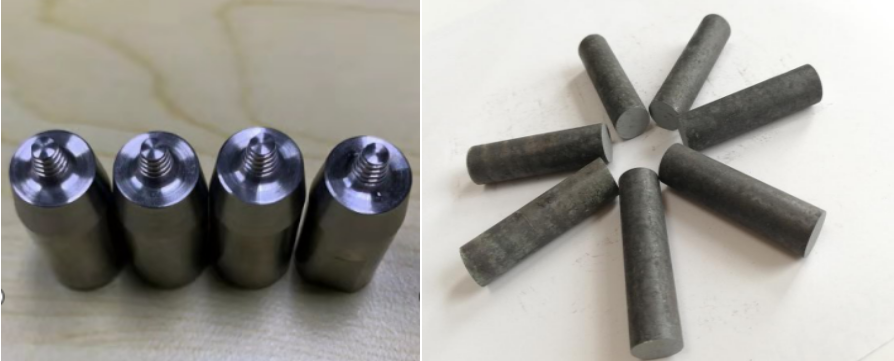
Application Technology
Understand cutting-edge application technology
Application Technology
Advantages and disadvantages of friction stir welding
- Categories:Application Technology
- Author:
- Origin:
- Time of issue:2022-04-08 10:29
- Views:0
(Summary description)The main advantages of friction stir welding are as follows:
Advantages and disadvantages of friction stir welding
(Summary description)The main advantages of friction stir welding are as follows:
- Categories:Application Technology
- Author:
- Origin:
- Time of issue:2022-04-08 10:29
- Views:0
The main advantages of friction stir welding are as follows:

(1) The microstructure change of the heat-affected zone of the welded joint is small. The residual stress is relatively low, and the welding workpiece is not easily deformed;
(2) It can complete the welding of long welds, large sections and different positions at one time. Connector height:
(3) The operation process is convenient to realize mechanization and automation, the equipment is simple, the energy consumption is low, the efficiency is high, and the requirements for the working environment are low:
(4) No need to add welding wire, no need to remove oxide film before welding when welding aluminum alloy, no need for shielding gas, and low cost;
(5) Materials that are sensitive to thermal cracks can be welded, suitable for welding dissimilar materials:
(6) The welding process is safe, pollution-free, smoke-free, and radiation-free.
Friction stir welding also has certain disadvantages:
(1) The welding workpiece must be rigidly fixed, and there should be a bottom plate on the reverse side;
(2) When the stirring probe lifts out the workpiece after welding, a key hole is formed at the end of the weld, and it is difficult to repair the weld;
(3) Tool design, process parameters and mechanical property data are only available for a limited range of alloys;
(4) Under certain circumstances, such as corrosion performance, residual stress and deformation in special fields, the performance needs to be further improved before practical application;
(5) The welding speed is not very high when the plate is connected in a single pass;
(6) The wear and tear of the stirring head is too fast, etc.
Scan the QR code to read on your phone
Hot Technology Ranking








2022-10-20


Scan the QR code and follow the official account
Products
Precious metal functional materials
High-quality optoelectronic materials/high-purity targets
Refractory metals and their alloys
Special alloy/special steel
Spherical | Nano powder
Biomedical/3D printing products
Compound
Rare metals and their alloys
Rare metals and their alloysRare Metal Concept Cultural/Art/Collectible
Nuclear energy Nuclear power Nuclear industry
High temperature heat container
Microelectronics industry Chip thermal sink
Semiconductor equipment MOCVD thermal field
High efficiency & long life Wire for wire cutting
Medical equipment Medical instruments
Artificial bone joint Bioimplantation
Rare metal cultural & creative art collection Precious metal
Plasma|Special Welding Electrode
Ultra Minor Metals Ltd (UMM) all rights reserved 湘ICP备17001881号 by:www.300.cnchangsha



